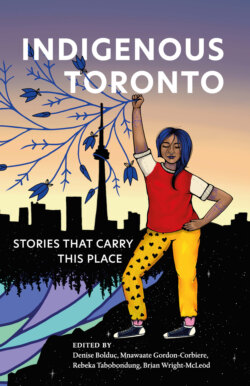Читать книгу Indigenous Toronto - Группа авторов - Страница 17
На сайте Литреса книга снята с продажи.
THE ANCESTORS
ОглавлениеEighty-seven ancestors were removed from the ossuary, including six infants (under one year), seventeen young children (one to five years), one juvenile, five adolescents, and fifty-eight adults. This is the estimated number of people who would normally die over a fifteen-year period for a community of two hundred to four hundred people at that time.
While all the ancestors seemed similar in what would have been their appearance and general health, inherited traits such as various foramen (small nerve holes) or bony projections or grooves in the crania of women were less alike than in Huron-Wendat ossuaries established a few centuries later. This may be because some Southern Ontario communities like Moatfield were not yet fully ‘matrilocal,’ a custom where men regularly went to live with a woman’s family. Because the traits are so variable in this case, it seems women had moved to join their new marriage families rather than men.
In 2013, the Huron-Wendat Nation established a protocol to approve genetic investigation of ancient ancestors’ teeth, which was later extended to include ones from Moatfield. Wendat oral tradition, recorded as long ago as the 1630s, tells of an origin for the Wendat peoples by the sea and from a cave north of Quebec City. Analyses conducted at the University of Huddersfield in the UK, under the supervision of Dr. Maria Pala, a molecular biologist, have now revealed that two Huron-Wendat women from Moatfield and a number of Beothuk individuals from Newfoundland, along with some other ancient Ontarians, share ancestry through a common ancestral gene pool that seeded mitochondrial lineages across eastern North America thousands of years ago.
It is interesting, although not necessarily related, that the Beothuk language shared words with the Iroquoian groups living along the St. Lawrence River in the sixteenth century, many of whose descendants went to live with the Wendat. These tantalizing hints at connections demonstrate how modern science and Indigenous oral tradition might be able to yield details of stories of the distant past that neither alone divulges.
